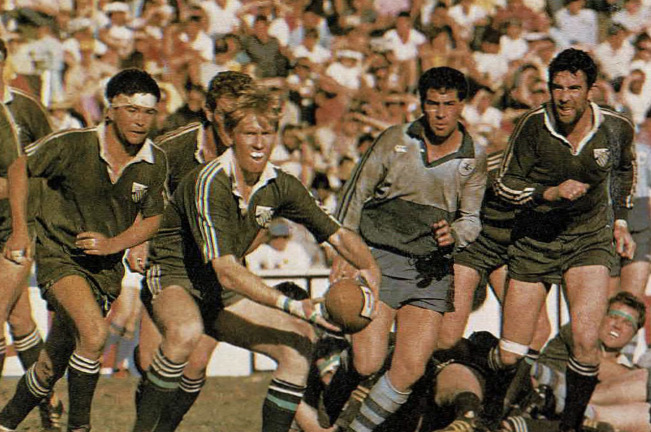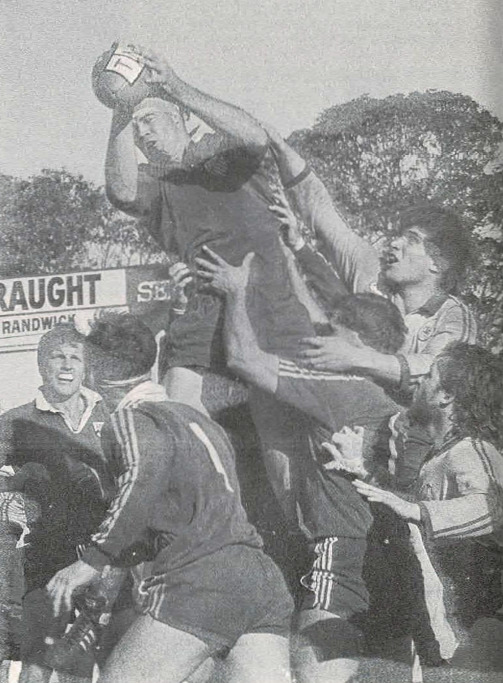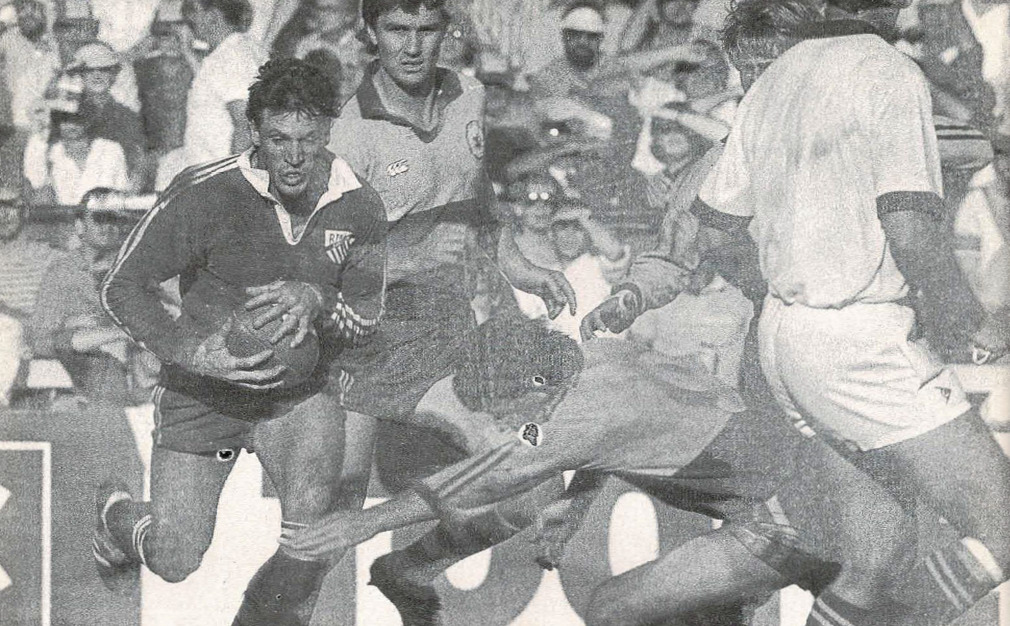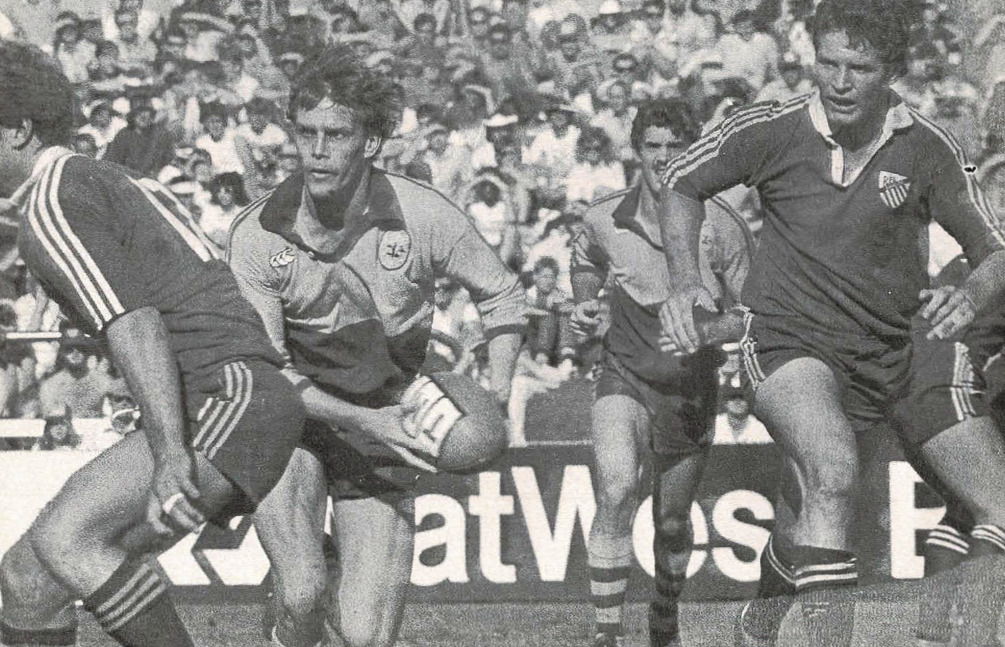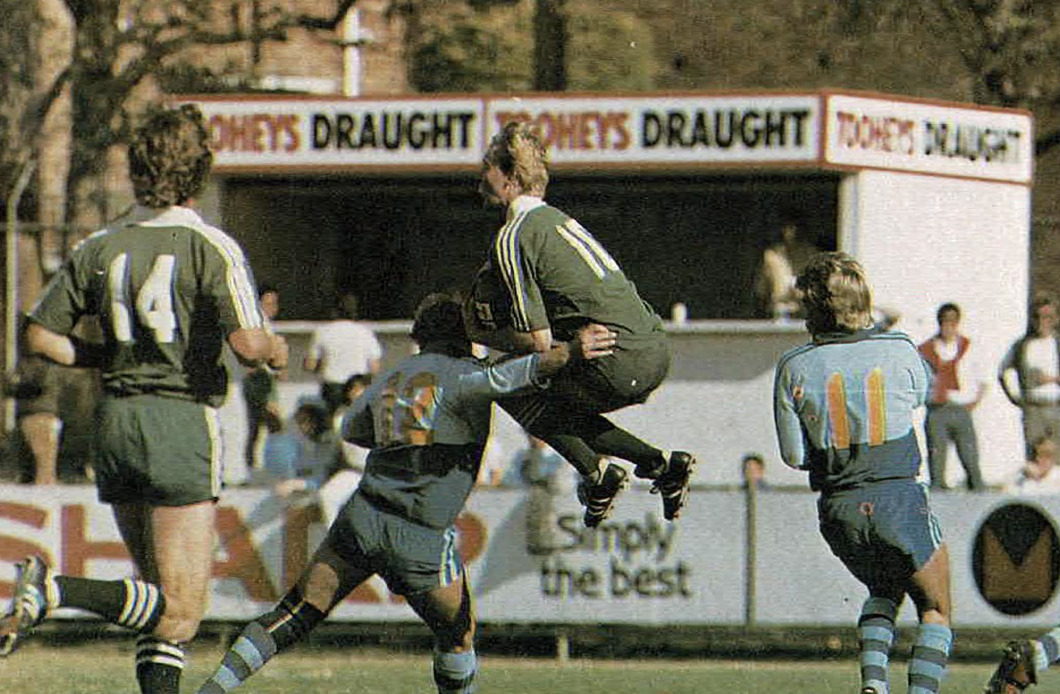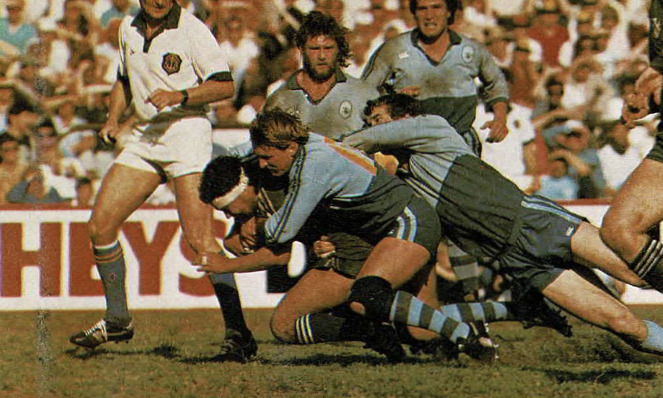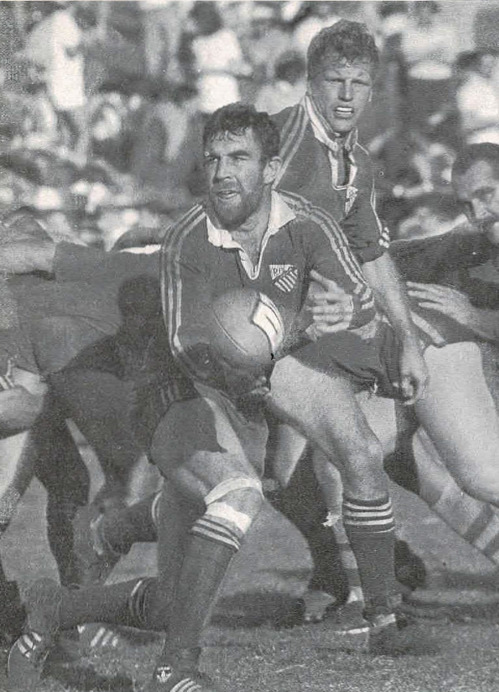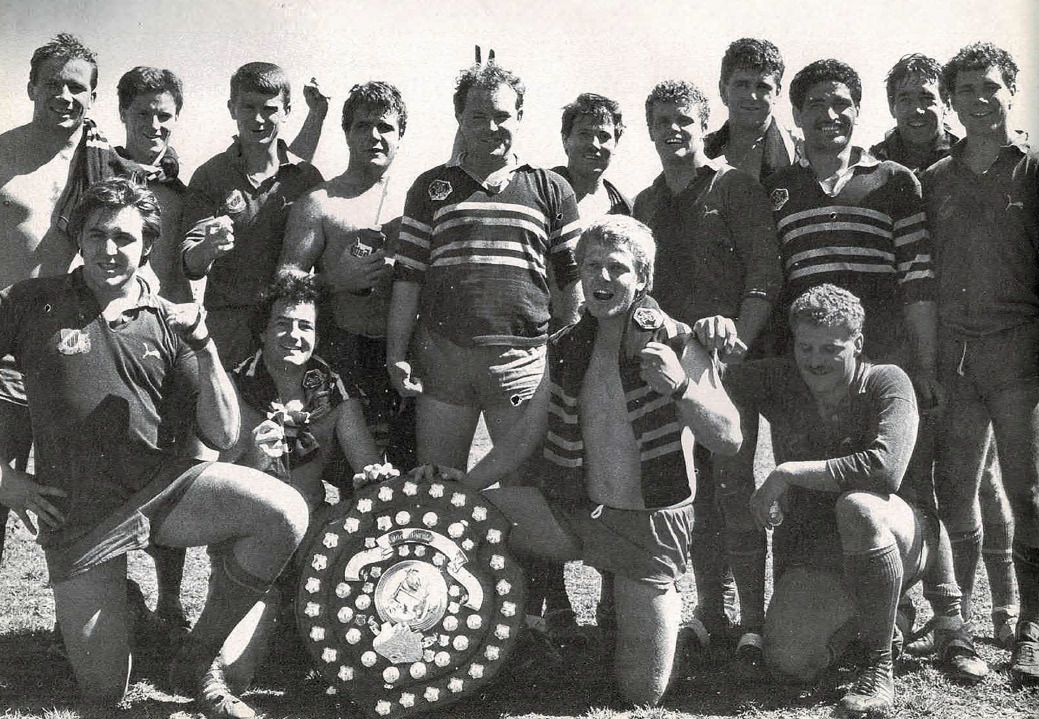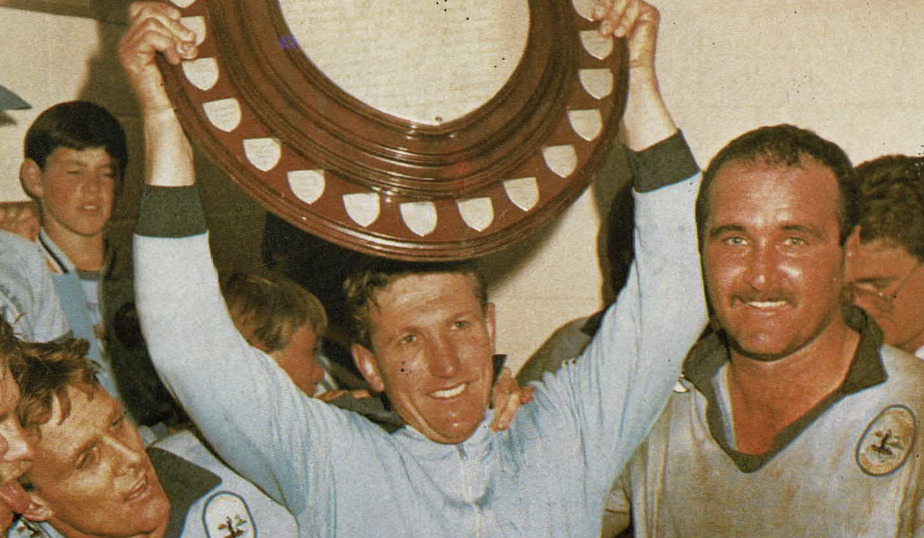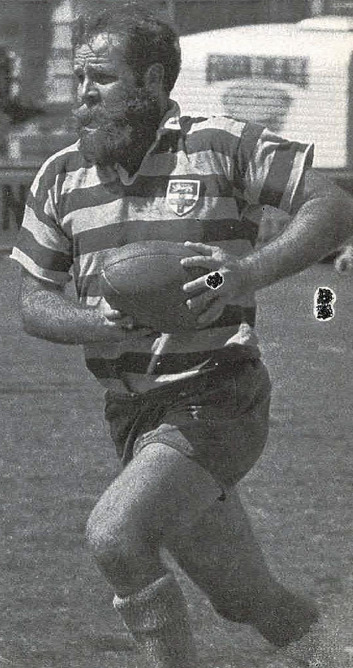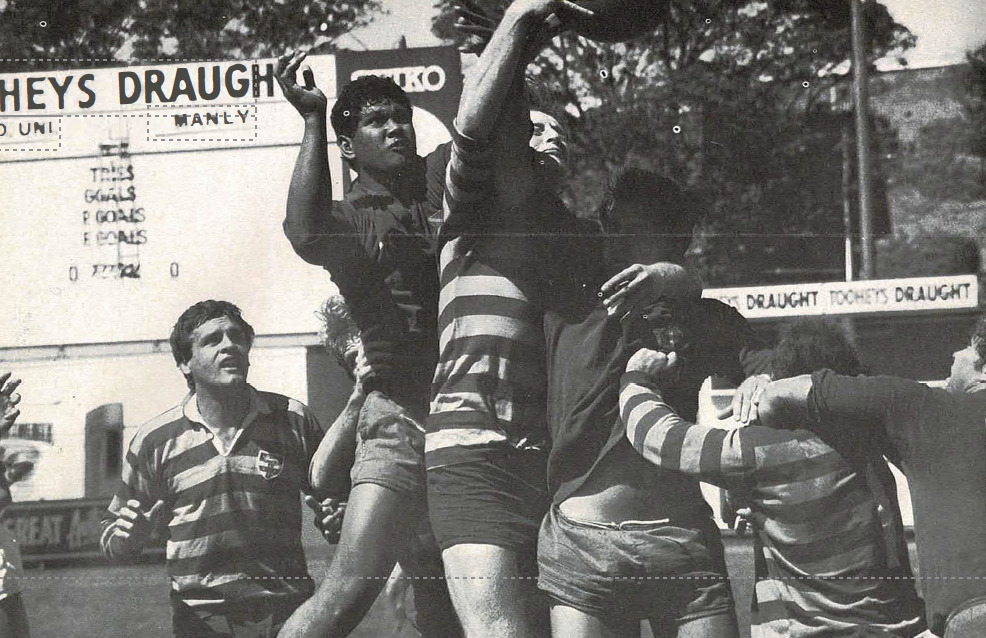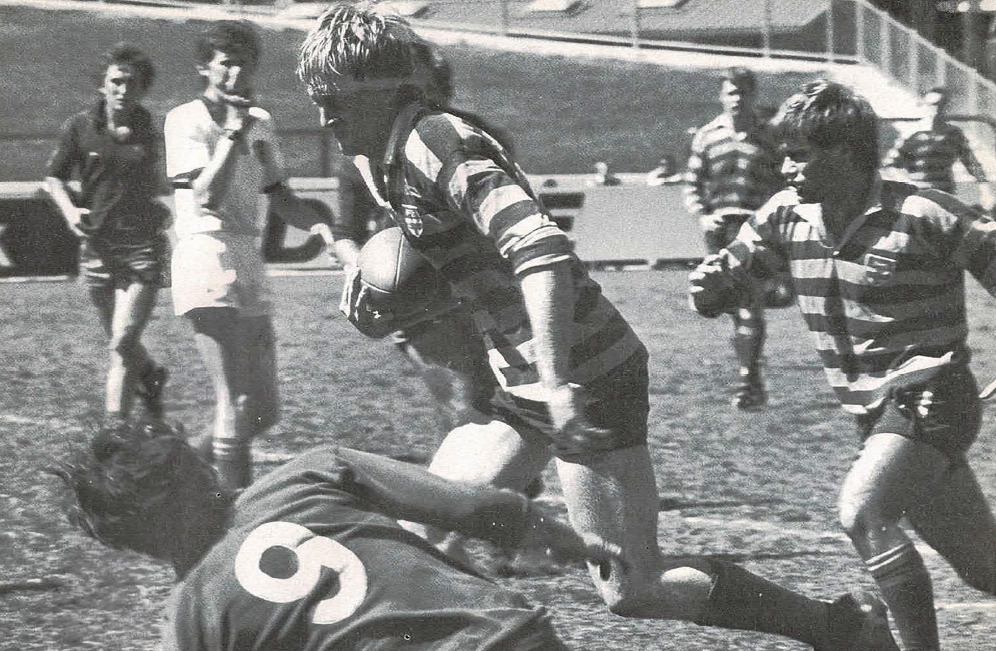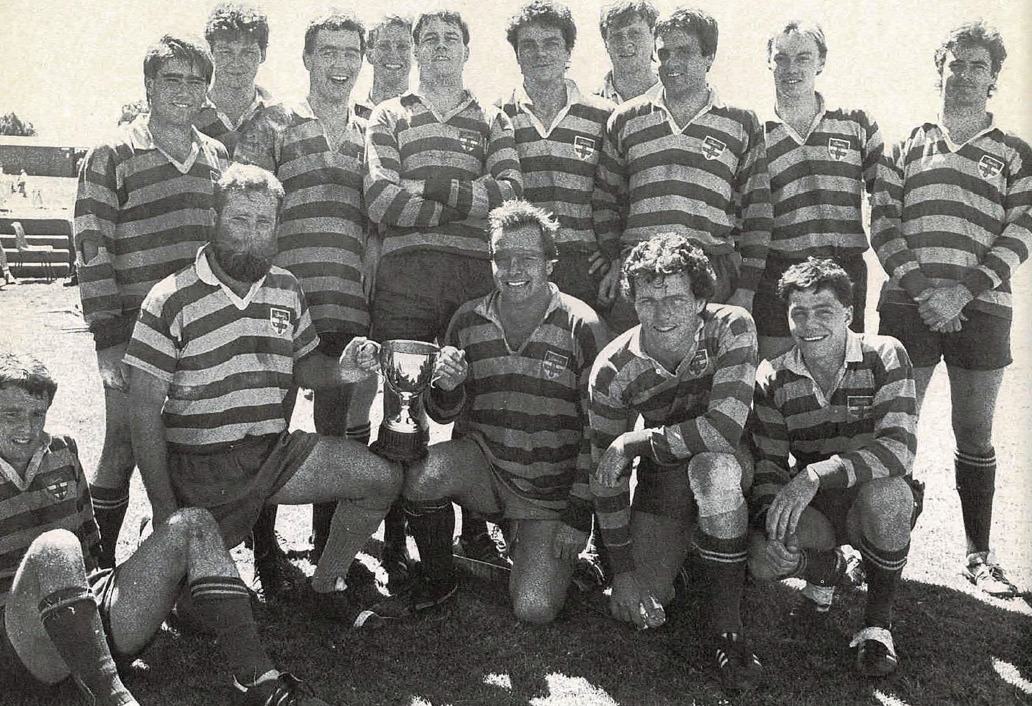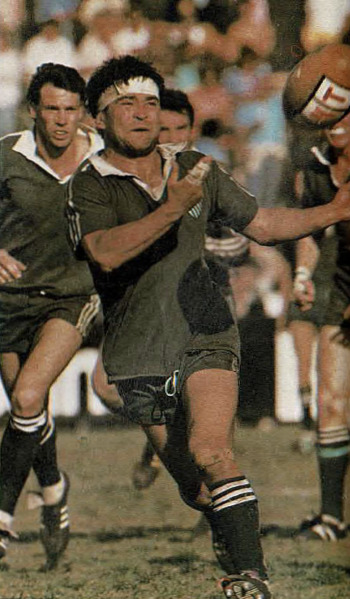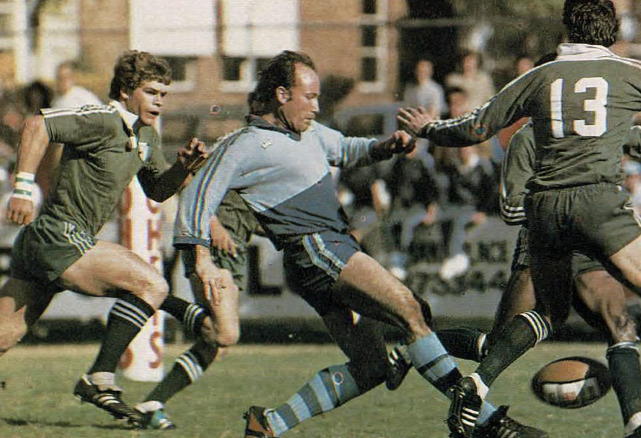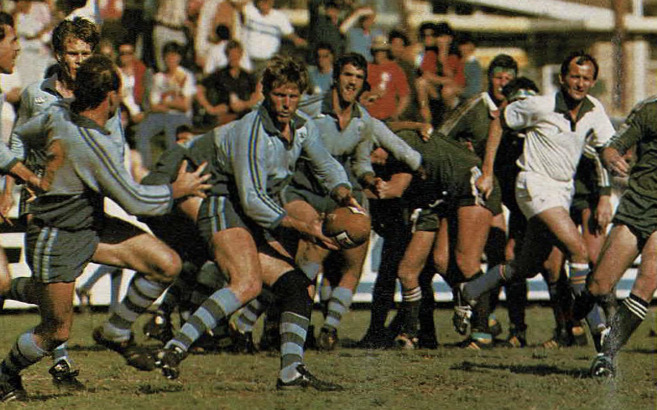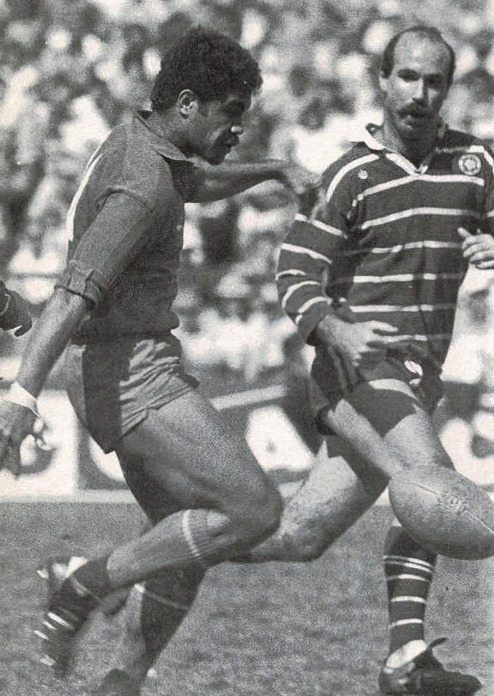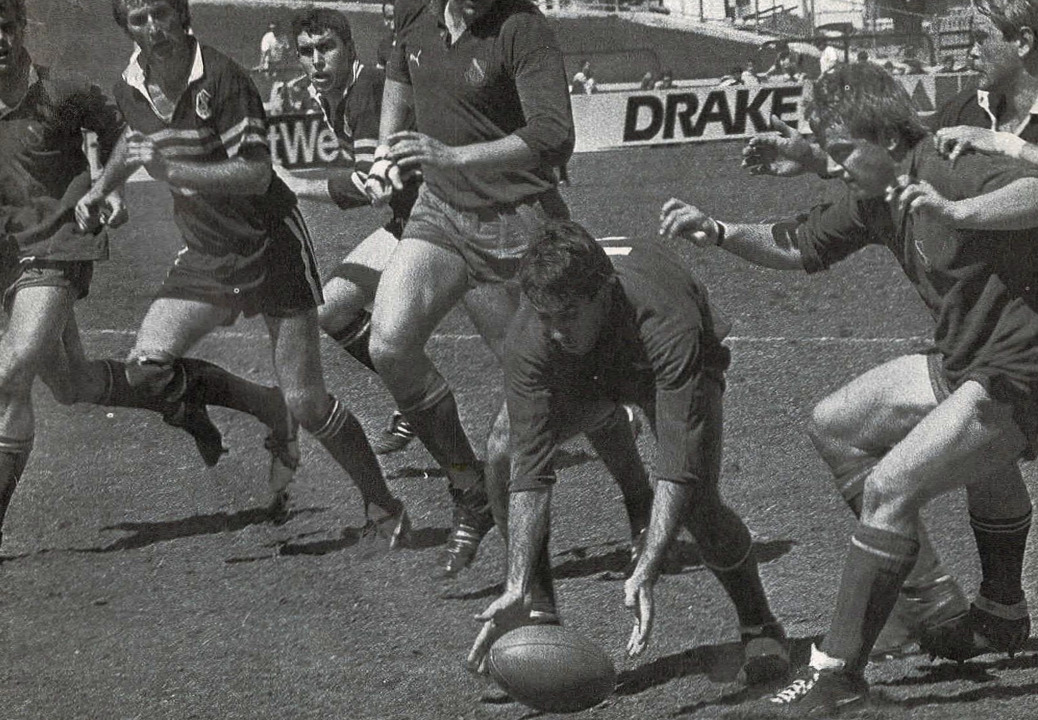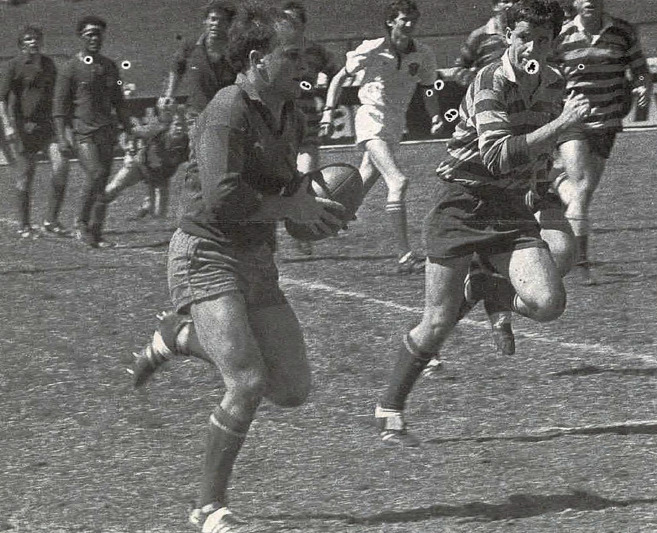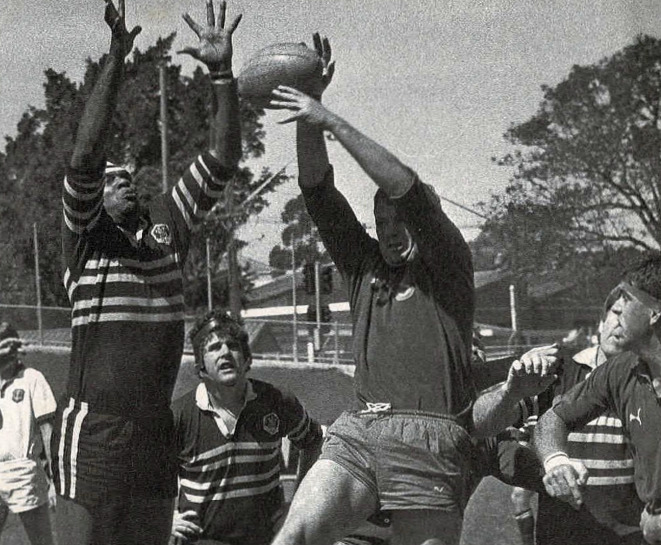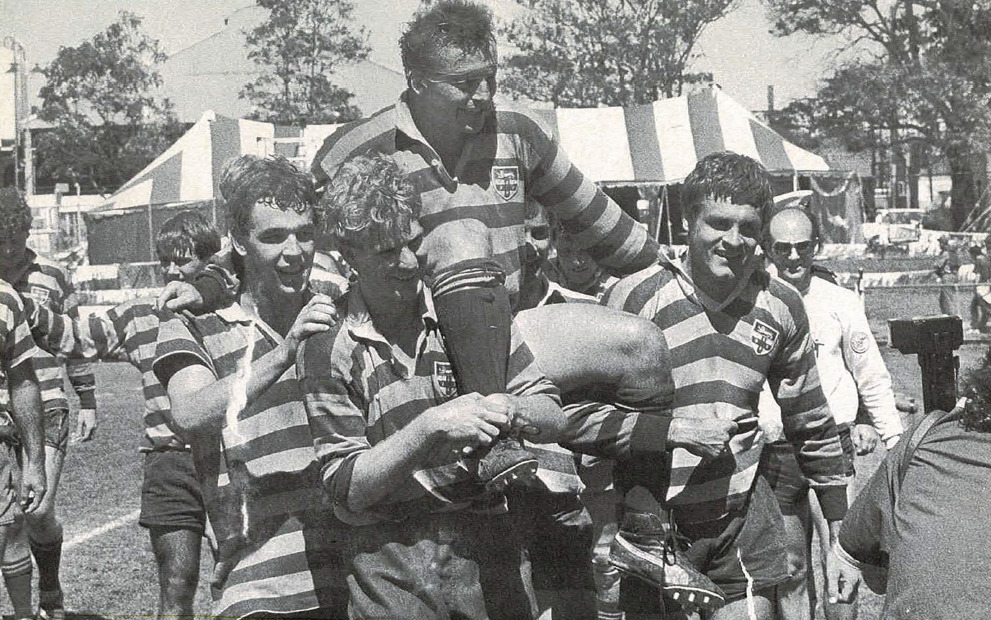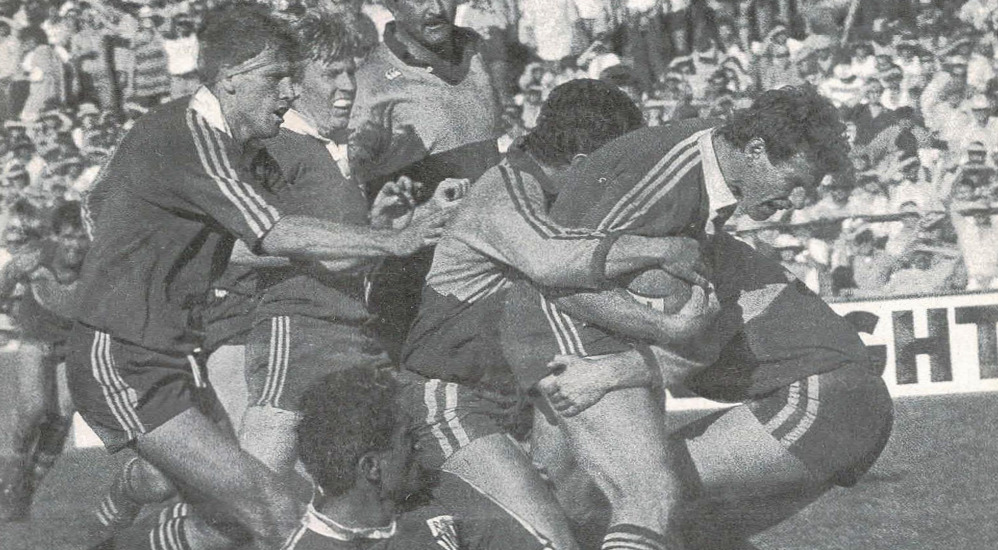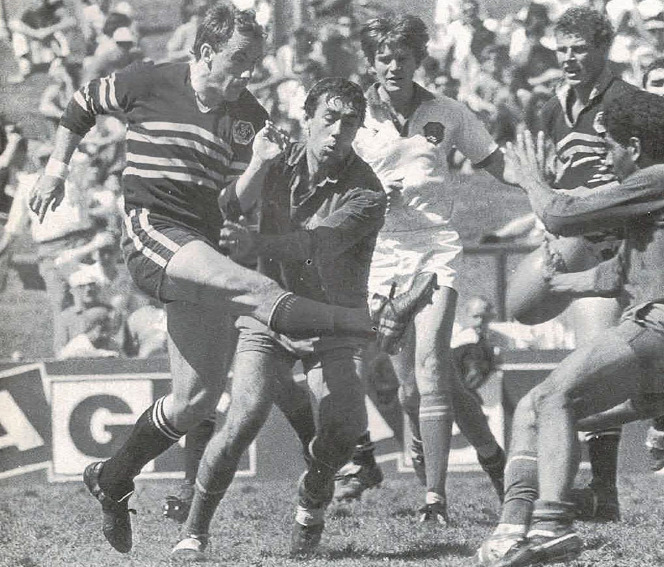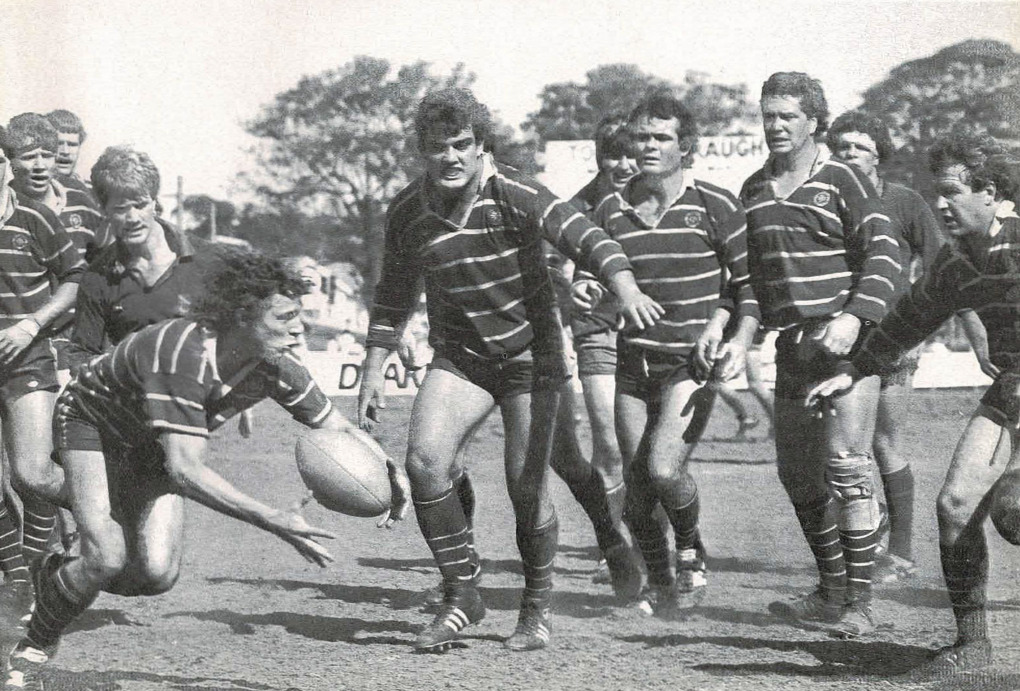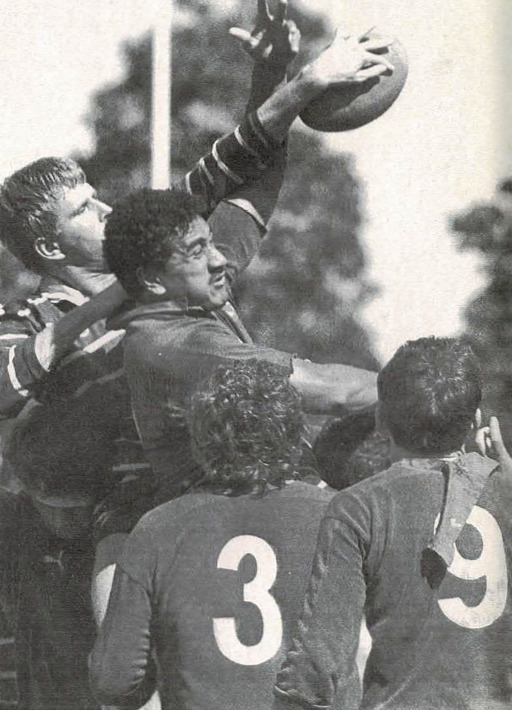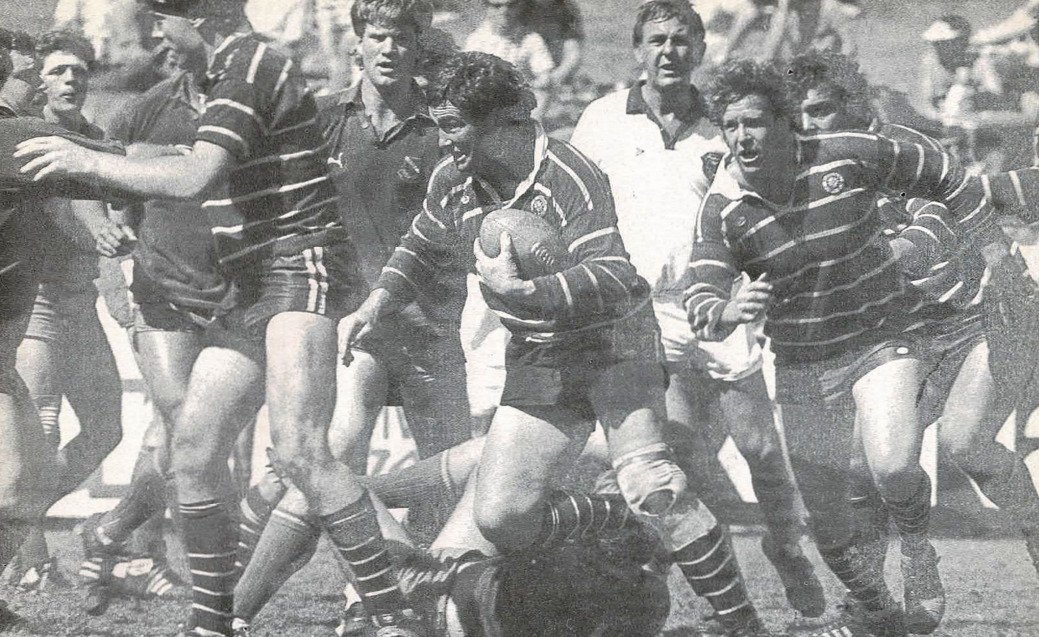
RN Archives: A look back at the 1986 Shute Shield season and grade grand finals
THE last people off the Hill at Concord Oval following Randwick's demise in the grand final last Saturday were the Ella brothers, Glen and Gary.
Presumably they had been to the dressing room and paid their respects and condolences.
Their resigned tread indicated they felt the loss as deeply as their old teammates.
Their impact on Sydney and Australian Rugby will be forever. Their football was a memorial to their name. The unprecedented five years of victory from 1978 to 1982 is as much the Ella era as Randwick's glory.
But now they have stepped back from the Randwick vision, now Parramatta have stamped their own authority on the competition so decisively, it is time to consider the direction and trend of the modern game.
The gestation period has been taking place for a considerable time, at least for two years.
Justifiably, the Rugby child that emerged with the win in the Bledisloe Cup will be considered the offspring of the Australian coach, Alan Jones.
At Eden Park, purists said that New Zealand picked the wrong side and played the right football. They ran the ball blindly until they were black in the face as well as blue with frustration. Pragmatists looked at the game more dispassionately.
Australia ran the ball discreetly as was seen with their two tries. But the essence of their football was the kicking game, for position and for pressure.
If the teams' jumpers had been reversed, New Zealand would have been ecstatic with their team's disciplined game. Now they are talking of lopping the head of their coach, Brian Lochore, because he tried to popularise the international game, because he tried to sustain the cavalier spirit, because he tried to commercialise a product that was as old as the century itself. It had the same effect as trying to change Coca-Cola.
Parramatta's coach, Paul Dalton knew he had to change the format of four years of football after the major semi-final. For all Parramatta's fundamental errors and failings when they had scoring opportunities against the Galloping Greens in that game at T. G. Millner Field, their football was predictable.
He had been agonising over the captaincy for some time. Change was brought about by necessity when Peter Ferris was injured. Gregg Melrose succeeded him and Dalton's dilemma was solved.
Dalton also placed his faith in the lineout jumper, Michael van den Bout. He backed him, he dropped Peter Koen, and he was able to rest assured that nine times out of ten when the ball was thrown to van den Bout in the line, he would win it.
But for all the improvement in their lineout play, their enhanced speed to the ball with the return of David Lowery, their variation of blindside moves, the major problem to be answered was just how much they ran the ball and how much they kicked it.
Dalton knew the danger of Randwick's forward march. He planned everything on turning them and running them back, retrieving the ball rather than running on to it.
He knew they had only the one kicker in David Knox. And he liked the idea of Randwick's quick interchange of players between Knox and five-eighth Acura Niuqila when in defensive positions.
It worked well when there was no pressure on Randwick. In a grand final when time was more acutely precious it could work against them.
Brad Selby was given the responsibility of varying the game plan, to drive the ball deep for distance, to chip it short behind Randwick's centres and in front of their fullback.
The strategy worked like a dream. The first half was almost fau·lt-free, and Parramatta, with the wind at their back, were so far in front by half-time that it would have taken an old Bondi tram to catch them.
The concept of Rugby has altered dramatically in Sydney. The running game as it was known in Australia is not extinct. But it is suffering a little from palsy.
How often did we see spectacular breaks in midfield in the Sydney competition this winter, sweeping back line moves or that rarity of rarities, a half-back or five-eighth stepping his way through a defence for a try? Infrequently at best.
Eastwood began the season as the most exciting side in the competition. That reputation withered when the team lost Brett Papworth to representative duties.
In the end, the 'Woods' lack of creativity saw them disappear without trace.
St. George were probably the most consistently enterprising of all the sides though a mid-season reticence crept into the team, coinciding with which was a decline in their fortunes.
David Niu's ability to handle the ball fluently and kick it quite prodigiously suggest his phone number will soon be on the selectors' lists.
In this regard, Wayne Owen deserved his State jumper and played with some distinction when he wore it. He was a threequarter with pace and confidence to break tackles and beat a man.
You can't have 12 games on the trot without defeat without doing a lot of good and without doing a lot of things right. Randwick had their high spots as entertainers. They will never be accused of being dull.
Manly were as exciting as any team in the latter stages of the season. A back row of tremendous mobility in Gary Palmer, Cameron Douglas and David Reen and a half of exceptional talents in Phillip Cox enabled the Blues to capitalise on the power of their right winger, Steve Holdstock, and send him to the head of the try-scoring table.
Eastern Suburbs did not have the big men to manhandle packs around Woollahra Oval so they settled for running them off their feet. Scott Van Houten was a half of outstanding quality.
His pace off the back of the scrum was exceptional.
Parramatta kept their best until last. During the season they looked machine-like, then vulnerable, then overwhelming. Their cohesion and efficiency in the forwards were compensations for lack of sheer weight. And they were fast and strong.
Their midfield attack was often bull-at-a-gate, but to penetrate the defensive line of Neil Catt and Mick Carter was like trying to run the gauntlet of the Berlin wall.
Obviously other clubs had their moments of delirium, but overall they were not exceptional in outlook or performance.
Clearly, it is a time when boots rather than legs are dominating Rugby. Undoubtedly, evolution will change all that, bringing forth new streams of lava of excitement.
But how often in a lifetime do we see a three sided volcanic eruption called Ella?
FIRST GRADE - PARRAMATTA v RANDWICK
WHEN Parramatta centre Neil Catt calmly potted a 25m field goal in the 53rd minute of last Saturday's grand final against Randwick, the Shute Shield was on its way back to the west.
KEEP READING FOR MATCH REPORTS OF ALL FOUR GRADE GRAND FINALS






